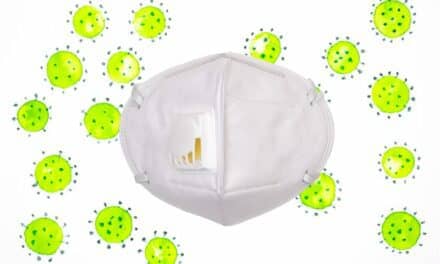New research presented in Oxford Open Materials Science presents low-cost modifications to existing N95 masks that prolong their effectiveness and improve their reusability post disinfectants.
The COVID-19 crisis has increased demand for respiratory masks, with various models of do-it-yourself masks becoming popular alongside the commercially available N95. The utility of such masks is primarily based on the size of aerosols that they are capable of filtering out and how long they can do so effectively.
Conventional masks like the N95 use a layered system and have an efficiency rate of 95%. Yet, this rate begins to drop after someone wears them for more than eight hours. This is due to the fact that N95 masks were designed for single use. The high demand caused by COVID-19 has led people to disinfect them for reuse. As such, a team of scientists have put together various techniques for decontamination and reuse of respiratory masks based on experimental data and guidelines issued by the Centers for Disease Control and Prevention.
Researchers here propose a low-cost ($1), tri-layer mask design containing nylon, modified polypropylene, and non-woven cotton fabrics. While the polypropylene layer is available in N95 masks, this design includes a graphene oxide and polyvinylidene fluoride mixture which acts as an active filtration layer.
Recent studies show that the graphene oxide mixture has a high antibacterial activity, making it ideal for respiratory masks. This coating has also proven to be effective even after being disinfected with H2O2, a popular practice when reusing masks. The addition of these membranes results in an efficiency level of 95%, like that of an N95, while also simplifying the number of layers in the design for increased comfort.
“The possibility to produce cost-effective, reusable N95 masks that can help the public health system and common citizens motivated the work. We tried to leverage the connection between electrostatic charge and the filtration efficiency of masks for submicron size particles and viruses to come up with a design to make N95 masks reusable,” says study author G. Rajalakshmi, MD.
These cheap and simple modifications can provide people in all socioeconomic classes with a long-lasting, high-filtration respiratory mask, medical officials say.





